Retail sales are expected to grow at a faster rate over the next decade than the past 10 years as a “new era of buying” is ushered in by the rise of the ‘considered consumer’.
Over the next 10 years the average rate of growth of retail sales will be 2.4%, propelled by wage increases and improvements in household budgets, according to The Reshaping of Retail, a report compiled by Conlumino on behalf of property firm Hammerson.
By 2022 retail spending will have reached £377bn, up 26% on present levels.
However, the report cautioned: “While this is a marked improvement on the past 10 years, it is a long way below growth rates of the 1980s and 1990s.”
The report found that the ‘considered consumer’ is “less concerned with the pure acquisition of products and is more concerned about the nature of those products and their real value”.
Shoppers are spending longer purchasing higher value products. In 2001 shoppers would typically spend an hour thinking, researching and buying non-everyday items. By 2014, the time is expected to rise to two-and-a-quarter hours.
The report found that retailers need to better target the over-55s, who will contribute 62% (£48.7bn) of all retail growth in the next 10 years and undergo a “change in mindset” whereby older consumers of tomorrow will be “far more” interested in retail than their equivalents of today.
Mobile will be worth £53.9bn of direct and indirect sales by 2020, representing a quarter of all retail sales. At present, mobile retail is responsible for £2.9bn of direct and indirect spending.
Conlumino managing director Neil Saunders said: “Britain needs to rewrite the retail rules. Retailers must differentiate ranges, engage more frequently with consumers and adapt their business model to a slower growth environment [than the 1980s and 1990s] if they are to excite shoppers in an era where consumers are calling the shots.”
Hammerson chief executive David Atkins said landlords need to think less about which retailer will bring in the most rent, and more about what retailers will bring to the mix.
He forecast that in five years 25% of an average Hammerson centre will be devoted to restaurants and cafes, compared with 15% at present, in order to cater for the more considered consumer.





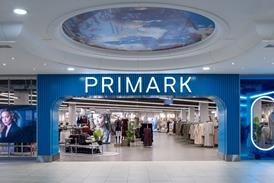
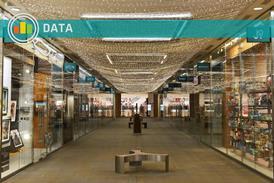

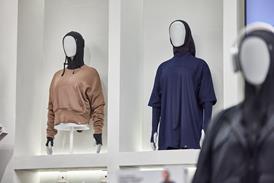
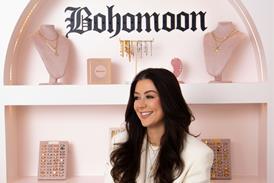
![Ollie Pryor[46]](https://d53bpfpeyyyn7.cloudfront.net/Pictures/274x183/1/7/1/3119171_olliepryor46_336332_crop.jpg)










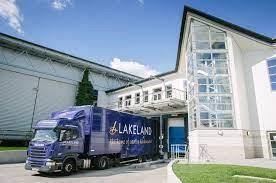

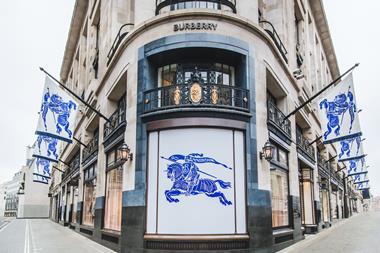

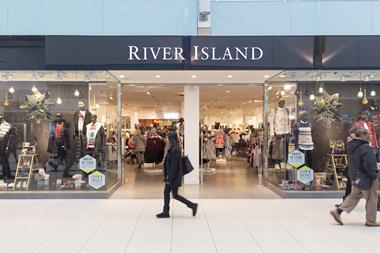
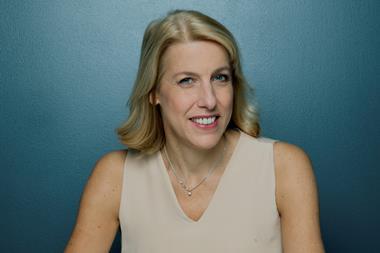
No comments yet